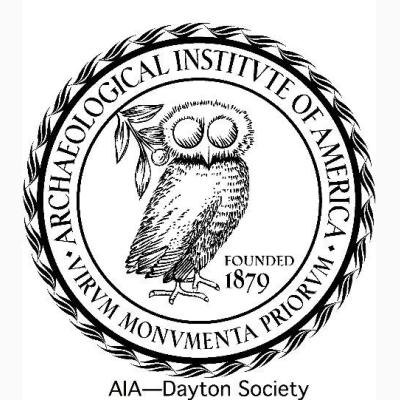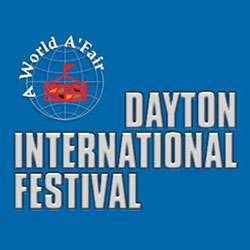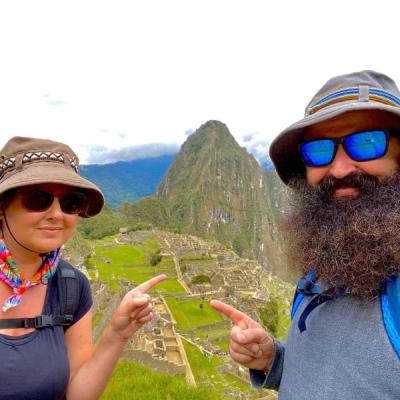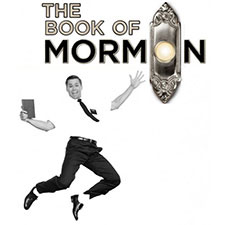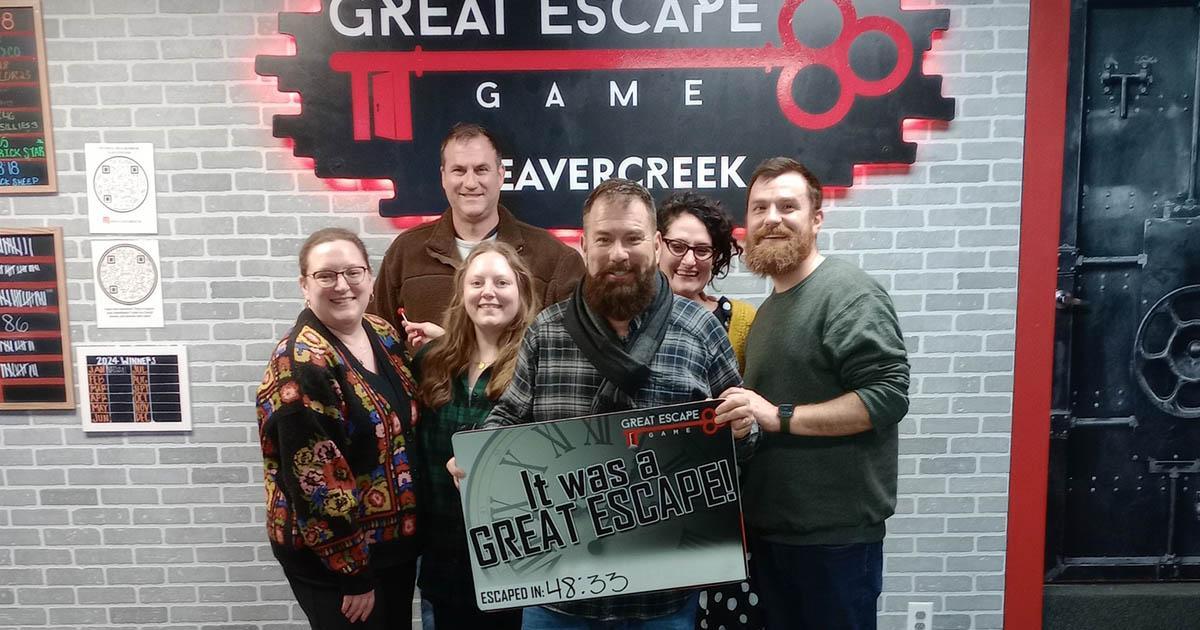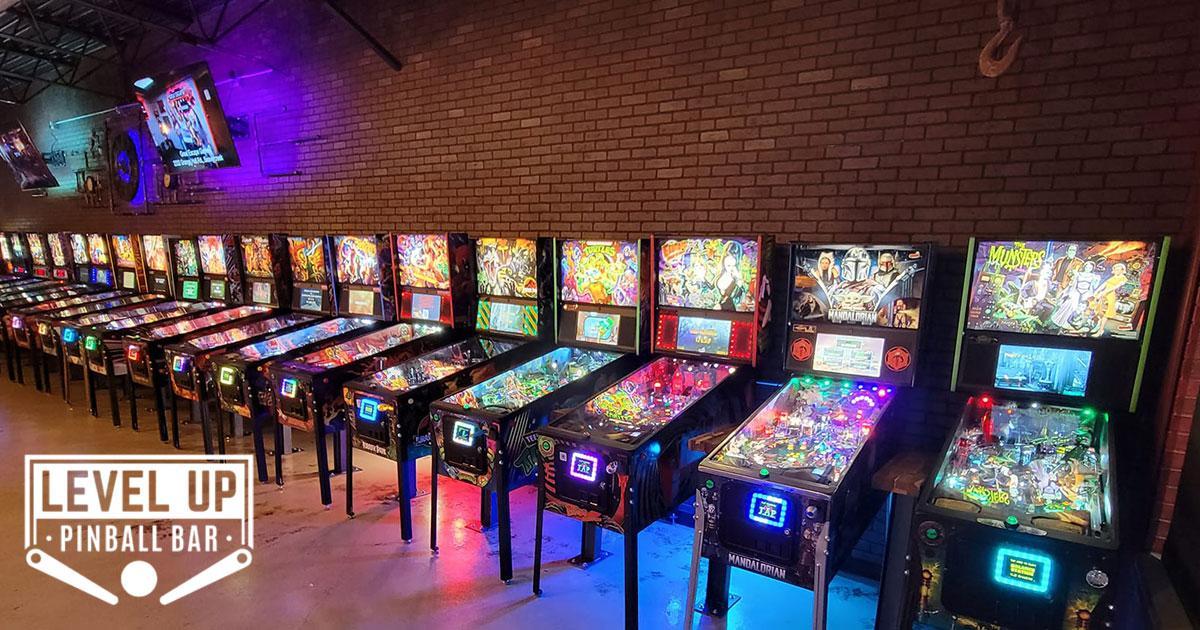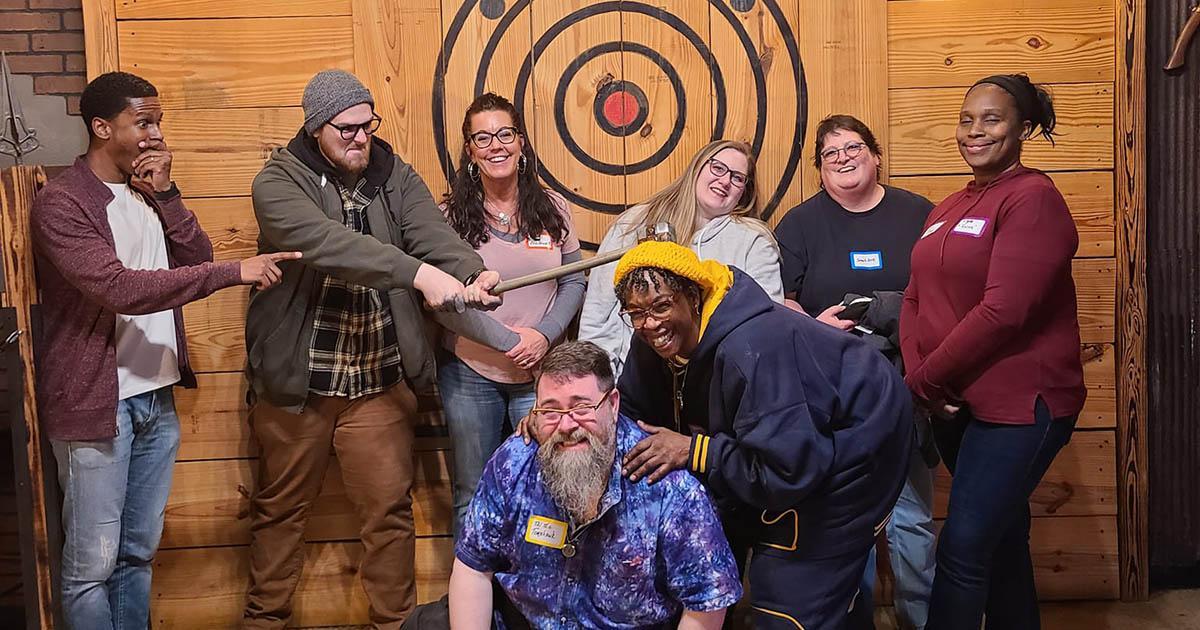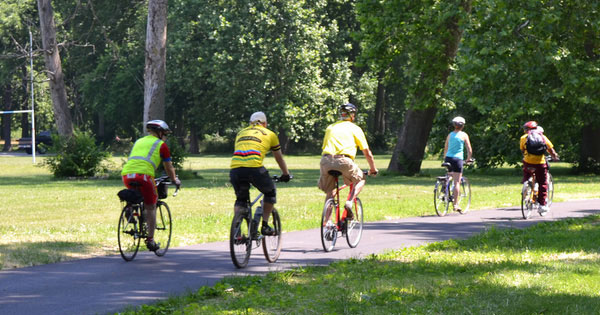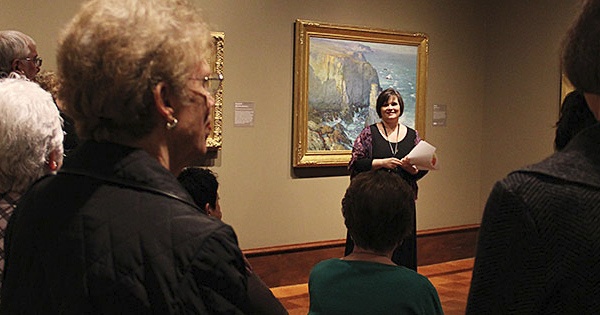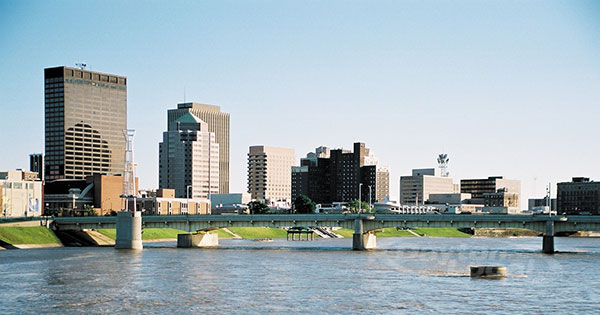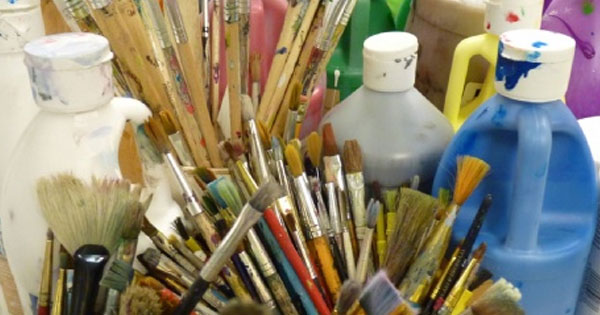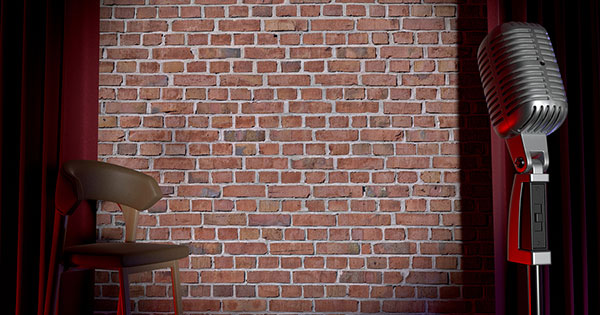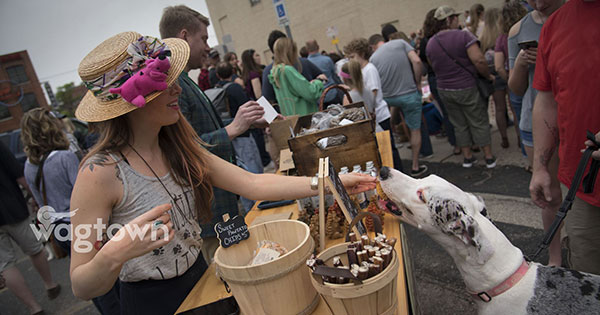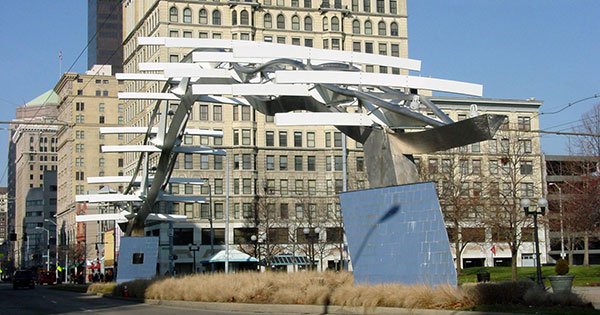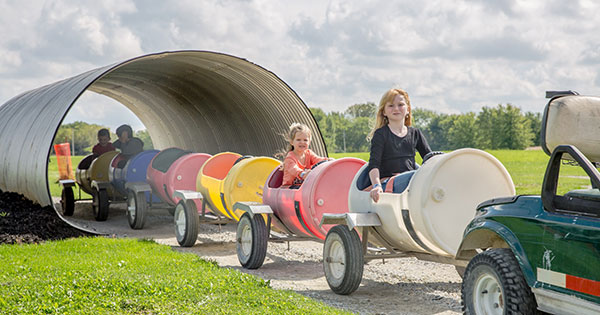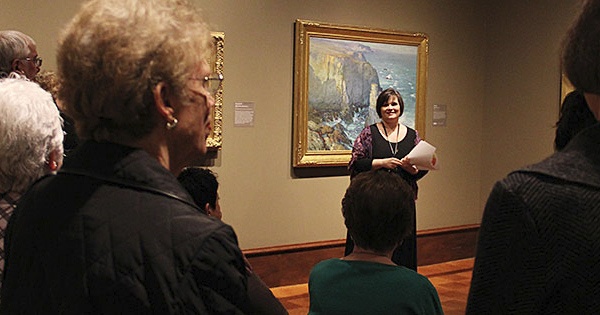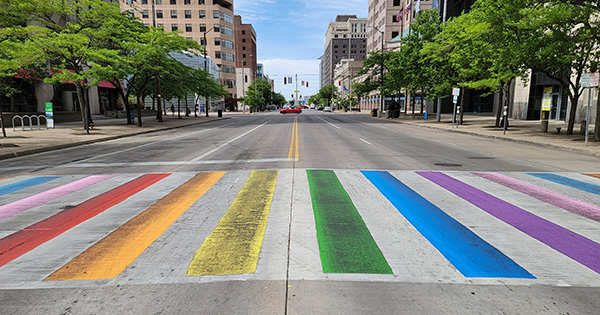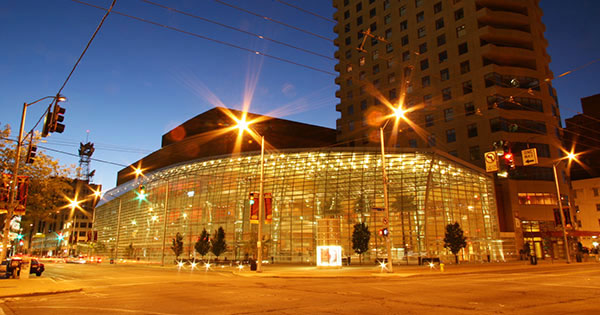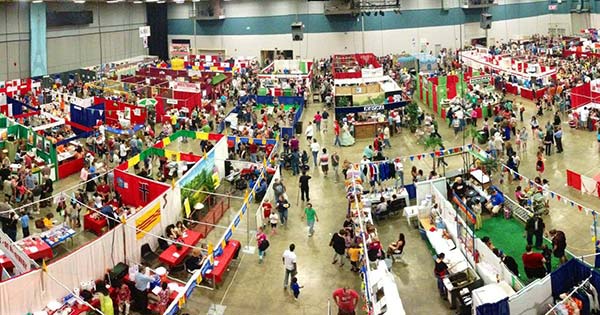Let's Talk about Ancient Apocalypse: It's Inaccurate and Harmful
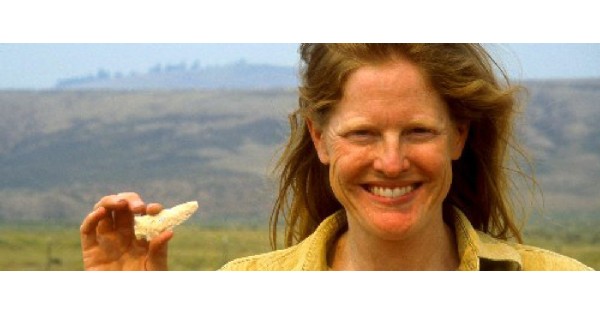
This talk explores the pseudoarchaeology that is featured in tales of ancient apocalypses and aliens wrongly attributing archaeological sites in the Americas to mythical ancestors
Event details
* this page may be updated if event is repeated in the future *
Let's Talk about Ancient Apocalypse: It's Inaccurate and Harmful
The first presentation in the Archaeological Institute of America's Dayton Society 2023-2024 Lecture Series presented by Bonnie L Pitblado, Professor of Anthropology & Robert and Virginia Bell Endowed Chair in Anthropology, University of Oklahoma, Norman, OK.
Let’s Talk about Ancient Apocalypse: It’s Inaccurate, Harmful, and the Real Story of Ice Age Peopling of the Americas is Far More Interesting Anyway!
Ancient Apocalypse, Ancient Aliens and similar programming billed to the public as “documentaries” have a history of attributing the most remarkable archaeological sites in the Western Hemisphere to aliens or mythical human ancestors. Doing this, of course, insults the legacy of the very real people who initially reached and populated the Americas, leaving behind a rich material record. It also harms the contemporary Indigenous descendants of those most ancient Americans in important and tangible ways.
This talk explores a bit of the strange history of pseudo-archaeology that emerged before and even as archaeology became a discipline in what is now the United States in the late 1800s. It also touches on the ways that a fictional strain of “archaeology” continued alongside—perniciously drawing from—real archaeology throughout the 20th century, and how it is expressed today on the History Channel and Netflix in ways that intentionally mask its illegitimate interpretations of the archaeological record.
The final and most important part of the lecture highlights the real accomplishments of the human beings who populated the Western Hemisphere more than 12,000 and maybe as many as 20,000 or more years ago. By highlighting recent archaeological finds at sites like White Sands, New Mexico, where humans left now-fossilized footprints alongside those of Ice Age camels, mammoths, and dire wolves, the talk shows that we don’t need to make up narratives about the First Americans. Their remarkable accomplishments far outshine those of aliens, submerged Atlantians, and the other fictions the entertainment industry foists upon well-meaning viewers who are hungry to understand the deep past.
This lecture is currently scheduled to take place in person in the Science Center Auditorium (SC 114) at The University of Dayton.
For those planning to attend in person please see UD's COVID-19 Protocols page: https://udayton.edu/studev/ud-families/covid-19_protocols.php?fbclid=IwAR3v0CWid_X_ht37mjKItwIviUdVEL48hIeF_9cEfrb1BeS2uP9I7cjLiRY
For a campus map with building and parking information visit https://udayton.edu/map/
Thanks to the Archaeological Institute of America’s Lecture Program and its Dayton Society members this lecture is free and open to the public.
Links & Tags
Archaeological Institute of America- Dayton Society.
Archaeological Institute of America- Dayton Society - The purpose of the AIA Dayton Society is to promote the knowledge and study of, as well as interest in, archaeology and related subjects, and to further the aims and programs of the Archaeological Institute of America.


